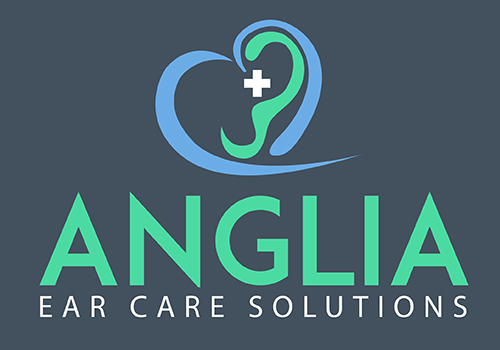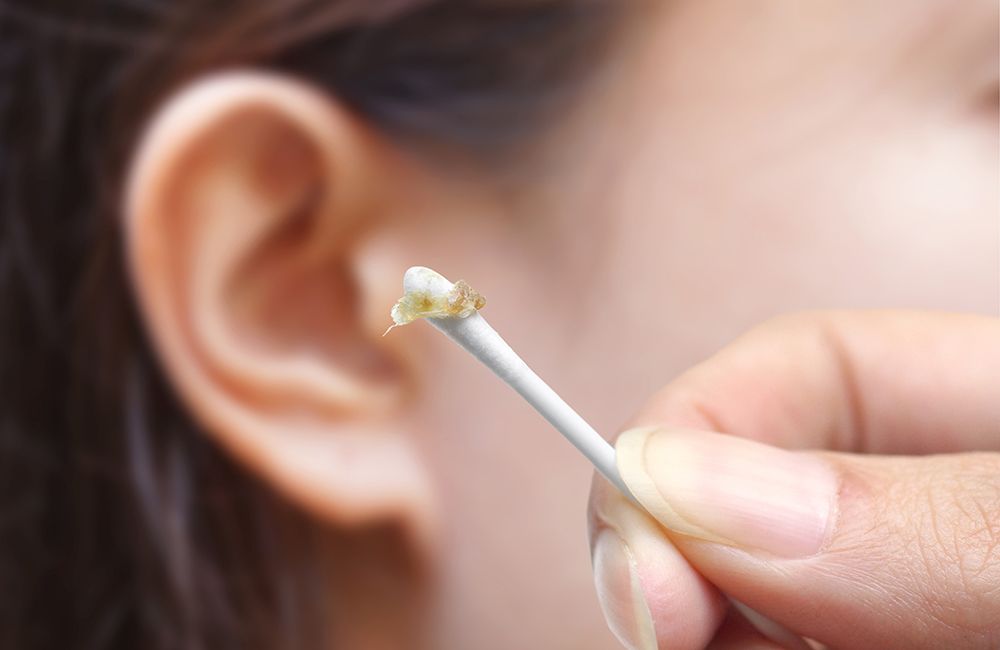The correct name for ear wax is cerumen. It is a greasy oil based substance which can range in colour from golden brown to grey, to dark brown and black. Ear wax is produced by the ceruminous and sebaceous glands in the ear canal.
The Role of ear wax
Ear wax lubricates and protects the ear canal, preventing the canal becoming dry which can result with irritation and itching in the ear canal.
Ear wax helps to prevent superficial cracks from developing on the wall of the canal. In some cases this can lead to infection.
Ear wax is essential to keep our ears clean and healthy.
With a greasy coating wax lines the ear canal and gives some protection against microorganism’s, fungi and insects. It also traps hair, dirt and dust.
Ear wax can often be frowned upon, labelled as dirty and neglectful of the individual.
Types of Earwax
There are two types of ear wax—wet and dry. The wet type is golden or brown in colour and is moist and sticky, rather like toffee in appearance. The dry kind is light grey, white, or pale tan in colour and has a flaky texture.
Sometimes the earwax of older people becomes drier, the ears may become less effective at shedding wax than when they were younger, which causes the secretion to collect in the ear canal. The use of cotton buds to clear wax is not recommended but it can be tempting to clean your ear canal out.
It is highly recommended by health care providers that cotton buds should never be inserted into the ear canal. This can cause earwax to be pushed down the ear canal, becoming impacted and resulting with reduced hearing. Wax will naturally work its way to the external part of the ear where it can be easily visible and can be gently removed with a cotton bud without penetrating into the canal. Ears have their own ability of self-cleaning.
It can be dangerous to put foreign objects into the ear canal, they can become stuck causing bleeding, hearing loss, infection or impacting wax. As a rule of thumb never put anything smaller than your elbow in your ear!
The Ear Canal’s Self-Cleaning Mechanism
Generally, the ear is self-cleaning and does not need foreign objects to assist the process. By eating and speaking, the movement of the jaw moves the wax along to the entrance of the canal where it may fall out, more often overnight.
Impacted wax
Impacted wax is when the wax has built up in the ear canal. This can be a total occlusion of the canal where the ear drum cannot be seen. This can be confirmed by having the canals inspected by a Practice Nurse based at your GP surgery with an otoscope, a special instrument with light and magnifier to look right into the canal of the ear.
There are several causes of impacted ear wax:
Hairy ear canals (water and bacteria can become trapped and the bacteria may spread due to the excessive hair).
Hearing aid and ear plug users.
Age – our ear wax dries out with age making self-cleaning less efficient.
Some people naturally produce more wax.
How to tell if your ear is blocked with earwax
You can experience one or more of the following:
- Earache, but the possibility of infection must be considered and assessed for and it is advised to seek medical advice
- Itchiness
- Dizziness
- A feeling of fullness in the ear
- Pain
- Difficulty hearing, which may continue to worsen
- Ringing in the ear (tinnitus)
- Discharge from the ear
- Odour coming from the ear

